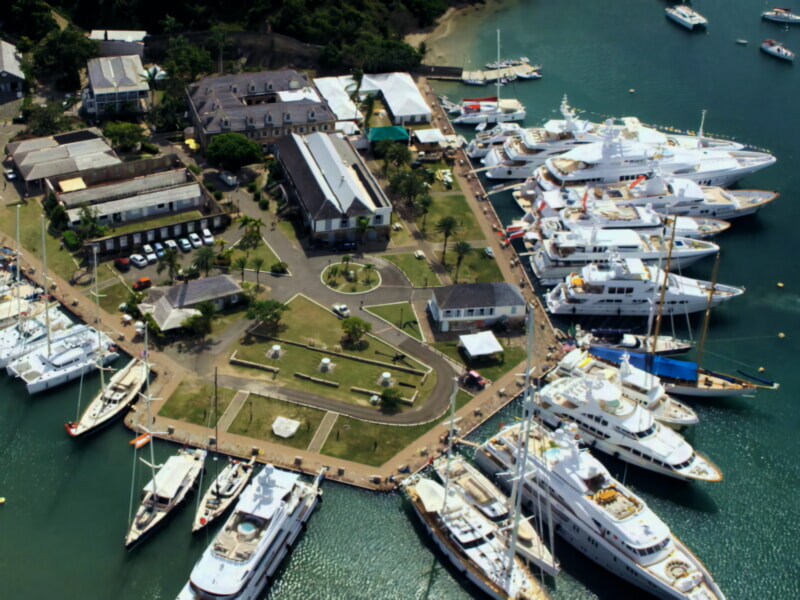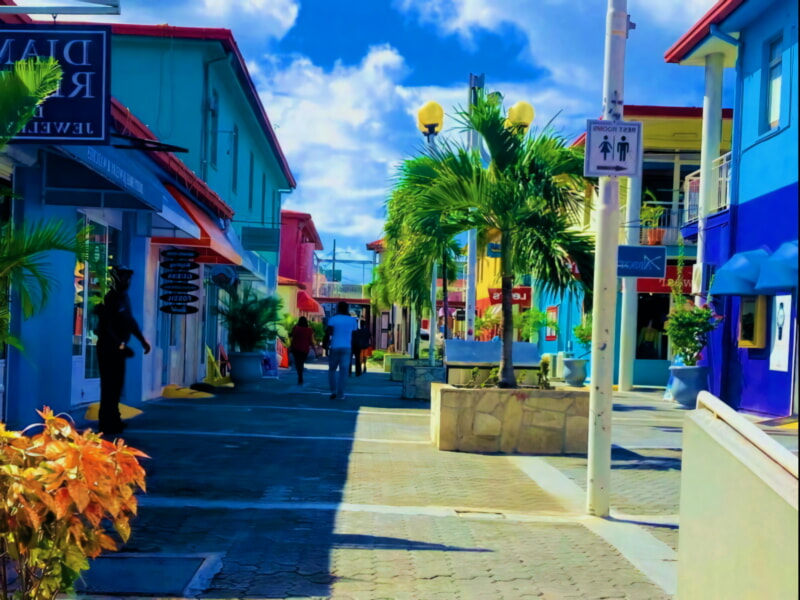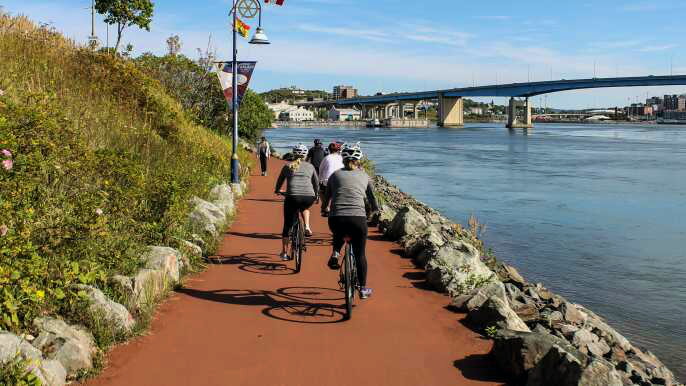Whether you are looking to spend the day lounging on one of Antigua’s 365 beaches or to explore the culture and landscape of this island, there is something for everyone here.
Besides the beautiful beaches, there are many other things to do in Antigua and Barbuda, such as visiting a cave or hiking. If you are a rum lover, be sure to check out the Rum in the Ruins tour.
1. Nelson’s Dockyard
Located in English Harbour, Nelson’s Dockyard is the only working Georgian dockyard in the world. A UNESCO World Heritage Site, it is a treasure trove for history buffs and maritime nuts alike.
The dockyard was built in 1725 to maintain the Royal Navy ships that had captured sugar islands around the Caribbean, cutting off enemy trade and increasing Britain’s wealth. Today it is part of Nelson’s Dockyard National Park and has been restored to its former glory.
There are numerous attractions within the park including the Victorian-style Dockyard Museum (daily 9am-5pm), Shirley Heights, the 1806 commissioner residence Clarence House and nature trails. The dockyard ruins also contain the Dow’s Hill Interpretation Centre which uses a multimedia presentation to tell the story of Antigua and its history.
2. Devil’s Bridge
One of the most awe-inspiring natural wonders on the eastern coast, Devil’s Bridge is an eye-opening and dramatic reminder of the ferocious power of the sea. Its imposing limestone structure is shaped by the relentless waves as they pound out of the ocean.
Its pockmarked limestone faces are also home to blowholes where the crashing waves force geysers of water out of sand into the nearby rocks. If you’re visiting during high-tide, it’s a must to witness this natural phenomenon.
If you’re looking for a more laid-back beach scene, head to Valley Church Beach in Jolly Harbour. With its sugar-white sand, crystal-clear waters and tall palm trees, this stretch of shoreline is a popular choice with tourists.

3. Bird Island
Located three kilometers north-east of Antigua, Great Bird Island is smaller than most city parks but it’s home to a number of endangered species including the antiguan racer, an elusive snake unique to this tiny island.
This small, uninhabited islet – designated a National Park – offers a perfect blend of eco adventure and relaxation. Start by taking a boat cruise along the northeast coast of Antigua, past Long Island and out to Bird Island, where you can snorkel among reef-bound waters around this protected bay.
You’ll see hundreds of green and hawksbill sea turtles, who nest in the waters surrounding this unspoilt sanctuary. The protected waters here also attract a host of tropical fish, from neon bluestripe snapper to honeyed grouper.

4. Heritage Quay
A kaleidoscope of candy-hued colonial cottages and market stalls brimming with tropical fruits and flowers line St. John’s main streets, enticing cruise ship passengers to spend a few hours exploring.
Heritage Quay is the largest of two quays in the capital, where duty-free shops and souvenir stalls beckon. Redcliffe Quay is a popular shopping destination, too, and there are plenty of harborside public markets to explore on Fridays and Saturdays.
Another top Antigua attraction is Fort James, a historic fort built by the British to protect the Island from French invasion. Take a tour of the ruins, see dungeon-like rooms and see the powder magazine, before hiking up to the top for spectacular views over the Harbour.

5. Betty’s Hope
History buffs will drool over a visit to Betty’s Hope, a sugar plantation that once ruled Antigua. It offers a vivid feel for plantation life and includes windmills, authentic equipment and a visitor’s center that once was a cotton house.
As with many other historical sites, Betty’s Hope is not without its issues. A recent excavation revealed an unexpected feature of the north windmill tower, which has delayed reconstruction.
The site is now a heritage monument and an out-door museum. It houses a large cistern, the Great House, boiling and curing houses and two enormous stone windmills. It also features a small museum that illustrates the colonial sugar era.
